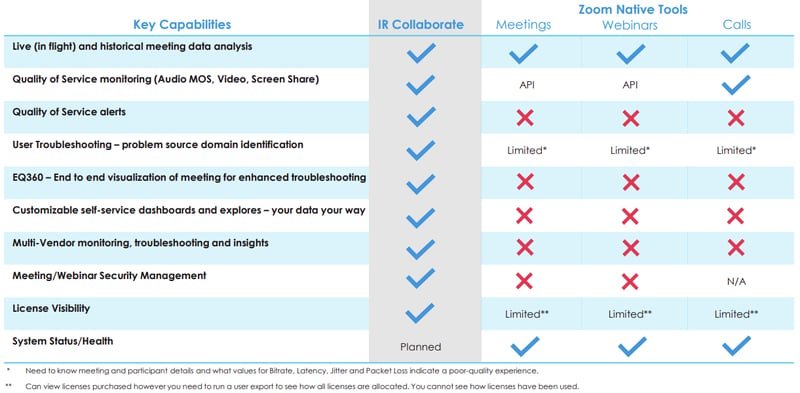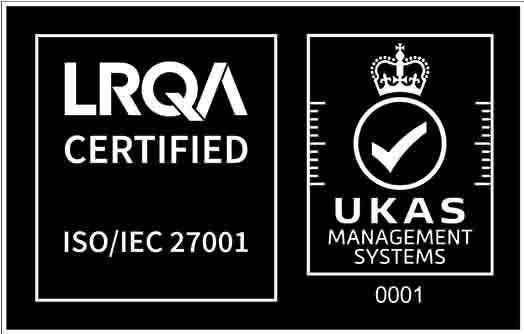The only option for organizations to maintain business continuity is to conduct conferences, webinars, meetings and events in the virtual world. Collaboration platforms like Zoom have enabled organizations to carry on and contain the disruption of a vastly altered workplace.
With a dispersed workforce and the mandate of remote working, comes the addition of a huge array of devices and different applications, spread over countless networks and dozens of locations. The complexity of managing all this can be overwhelming. Yet the demand for a seamless user experience is increasing every day. This highlights the need for an all-encompassing solution to achieve high up-time and fast problem resolution. In fact, it has never been more critical.
The Zoom boom
In 2020, Zoom became one of the leading video conferencing software apps for enterprises. This is largely due to its flexibility and the ease with which it enables remote, virtual interactions between co-workers and customers, through video and voice calls, meetings, file sharing, virtual desktops and more.
A completely cloud-based application, it’s an agile, easy-to-use tool with great adaptability, but like all communication tools, it can experience issues and vulnerabilities. Here are just a few of the common overall areas that can contribute to a sub-par experience and turn an important meeting into a glitchy fiasco.
- Camera or audio not working
- Inability to join a meeting
- Problems with desktop vs web version
- Lagging or freezing during meetings
- Inability to share a screen
- Login issues
- Service and security issues
Can native monitoring tools fix every Zoom issue?
IT teams rely on performance management tools for multiple functions:
- Generating reports
- Producing data and analytics
- Monitoring uptime
- Event monitoring
- Auditing
- Root cause analysis
- Fault management
- Security
- Diagnosing connection issues
Tools like Zoom generally come with their own performance monitoring and troubleshooting tools. But it’s not enough just to be able to see call usage information, or record outages. Monitoring tools need to proactively identify and predict issues as, or before they occur, pinpoint the exact location(s), and jump directly into remediation.
What can third party monitoring tools do that Zoom’s can’t?
Managing the performance of each call is important to eliminate the reasons for poor quality, and to ensure a seamless user experience during online meetings and remote sessions. The static nature of native monitoring solutions means there is limited depth to the metrics available.
IR Collaborate’s solution for Zoom has a number of capabilities that Zoom’s own tools don’t have.

Zoom’s most popular features – including its ability to integrate seamlessly with other apps and its practically fool-proof ease of use – are gaining an increase in users every day. But the more features and capabilities within a collaboration tool, the greater the complexity of maintaining a quality user experience. A great User Interface (UI) is one thing, but this doesn’t guarantee a great User Experience (UX). For that, you’ll need tools that can provide complete visibility into every component of every call.
Our monitoring solution for Zoom is designed to ensure a consistent, positive user experience with a higher rate of uptime and connectivity status, better security, faster problem resolution and consistent end user satisfaction.
Want to know how to ensure success with Zoom? Download our free guide.






